#amphiaraos
Text
From the above descriptions of the practices at the oracles of Trofonios and of Amphiaraos we can extrapolate how other similar places that people visited in order to contact the dead worked.
The candidate was called upon to be purified beforehand so that they may be cleansed from obstacles, ongoing issues, failures and mistakes. This was done in a ritual manner. There could also be fasting beforehand, if it was possible, for one or more days. Achilles in the Iliad is visited by Patroclos' ghost after he has fallen asleep "with empty mind and empty stomach". Penelope again goes to sleep "without food or water" and concentrating "all her mind" on her problem. It's not impossible that some mild hallucinogenics were used but there's no evidence for it.
Afterwards a ritualized sleep followed in a special location...The candidate came into the sacred place that, as we saw, could be a temple, an underground location...a tomb or a cave. For descents into Hades, tombs, graveyards or deep, winding caverns...were especially preferred. There the person was left to get lost -without light- and they either had to find the way back or to simply stay there and sleep. It was a very intense experience and, not rarely, traumatic...Even if the person was not claustrophobic, we can reasonably assume that soon they would start to have trouble breathing and to despair or fear...With this condition of intense stress, the exhaustion from wandering in the dark, the hunger and the thirst, it would not even be necessary to sleep in order to start "seeing things". Sleep, when it came, constituted salvation and the dreams were equally intense and unique.
Therefore we're talking about the process of "suggestion". Within the unspeakable terror of the dark and the loneliness that only a person buried alive could feel, the relevant mental processes took place and the experience of Hades began. In that way, the basic techniques revolved around the creation of environmental conditions that simulated death- a narrow dark place, utter silence and lack of stimuli all lead to conditions of psychological pressure-and on the other hand there were the appropriate preparations, as much psychological as mental, with instructions so that the sleep that was to come would bring about the desired results.
Subsequently there was a period of study, where the person recorded the dreams, experiences and visions they had and discussed them with those that guided them.
#Αρχαιοελληνικη βιβλος των νεκρων#Ελενη Δραγωνα#Χρηστος Ζ. Κωνστας#Ancient Greece#Necromancy#Hades#txt
2 notes
·
View notes
Photo

~ “2000-year-old marble thrones at the ancient theatre of Amphiareion of Oropos, Greece.The Amphiareion at Oropos, sanctuary of the hero Amphiaraos, was greatly famed and frequented by pilgrims who went to seek oracular responses and healing.The largest building in the sanctuary is a stoa (mid-4th century BC) which served as the enkoimeterion for the patients.The sanctuary also contained a theatre. The theatre is dated to the 2nd century BCE by inscriptions and the seating area was likely composed of wooden seats on stone supports.Five marble prohedria (seat of honour at the front of the seating area) were discovered placed around the orchestra.” ~
1 note
·
View note
Text
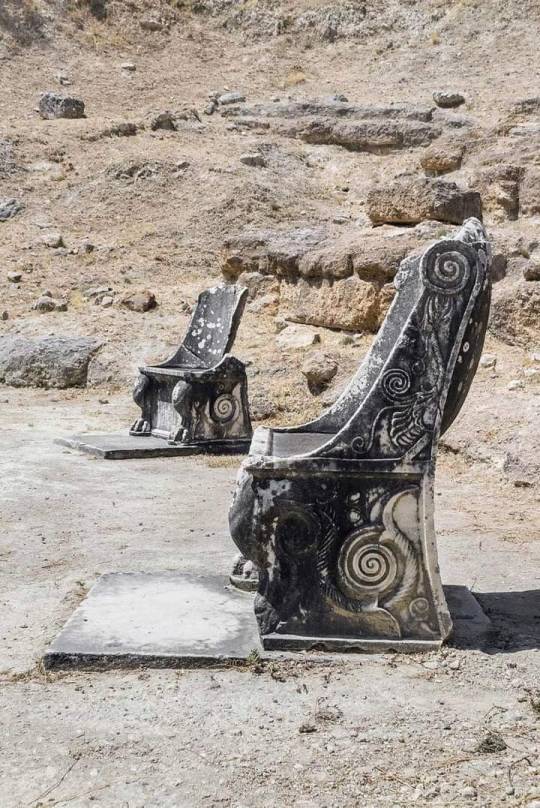
Tronos de mármol de 2000 años de antigüedad en el antiguo teatro de Amphiareion de Oropos, Grecia.
El Amphiareion en Oropos, santuario del héroe Amphiaraos, era muy famoso y frecuentado por peregrinos que iban en busca de respuestas oraculares y curación. El edificio más grande del santuario es una stoa (mediados del siglo IV a. C.) que servía como enkoimeterion para los pacientes. El santuario también contenía un teatro. El teatro está fechado en el siglo II a. C. por inscripciones y el área de asientos probablemente estaba compuesta por asientos de madera sobre soportes de piedra. Se descubrieron cinco prohedria de mármol (asiento de honor en la parte delantera del área de asientos) colocados alrededor de la orquesta.
0 notes
Text
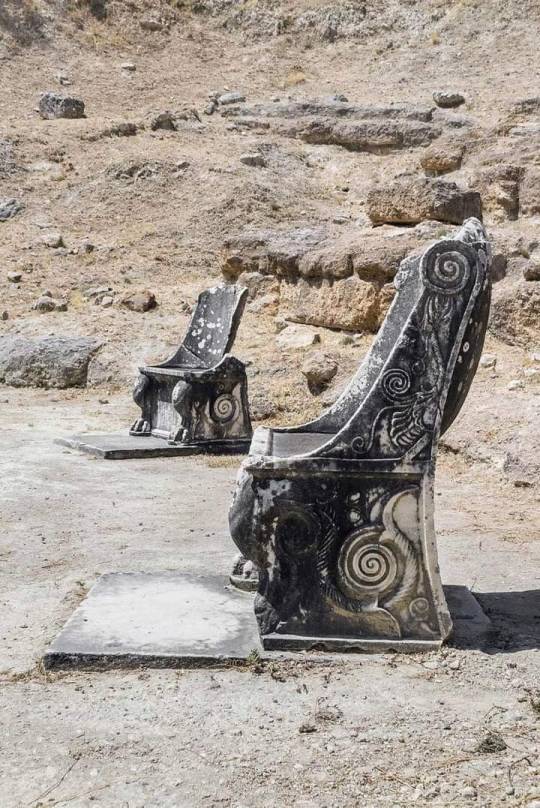
2000-year-old marble thrones at the ancient theatre of Amphiareion of Oropos, Greece.
The Amphiareion at Oropos, sanctuary of the hero Amphiaraos, was greatly famed and frequented by pilgrims who went to seek oracular responses and healing.
The largest building in the sanctuary is a stoa (mid-4th century BC) which served as the enkoimeterion for the patients.
The sanctuary also contained a theatre. The theatre is dated to the 2nd century BCE by inscriptions and the seating area was likely composed of wooden seats on stone supports.
Five marble prohedria (seat of honor at the front of the seating area) were discovered placed around the orchestra.
0 notes
Photo
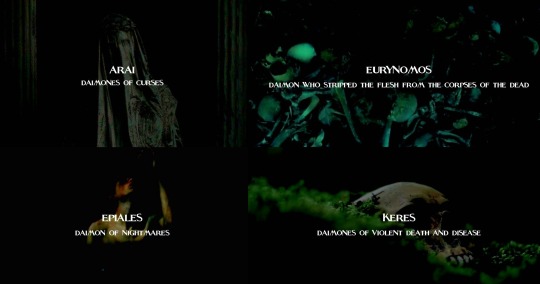


greek mythology | underworld | daimones
#greek mythology#greek myth#greekmythologyedit#greekmythedit#greekedit#mythologyedit#mythedit#myedit#mine#daimones#arai#eurynomos#epiales#keres#empousai#amphiaraos#askalaphos#menoites#lamiai#trophonios#oneiroi#kharion#aesthetic#graphics#underworld#hades
199 notes
·
View notes
Text
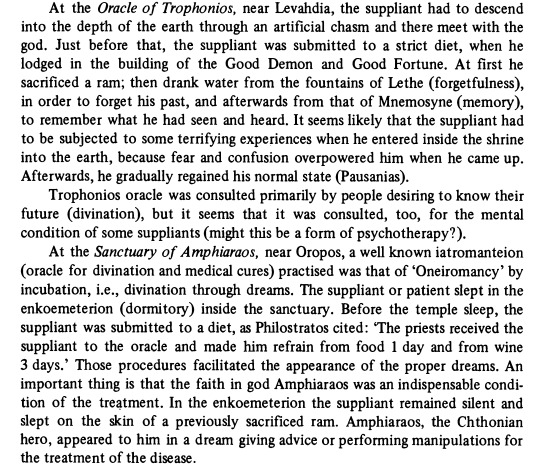
Papageorgiou, M. G. (1975). Incubation as a form of psychotherapy in the care of patients in ancient and modern Greece. Psychotherapy and psychosomatics, 26(1), 35-38.
6 notes
·
View notes
Photo
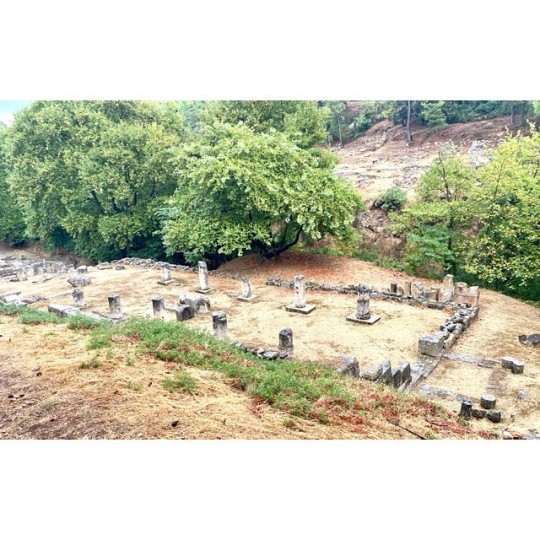
Découverte de l’Amphiaraion d’Oropos sous la pluie ! #oropos #amphiaraion #amphiaraos #portique #charadra #eretrie #eubee #eriphyle #melampos #polynice #thiva #argos #greceantique #instapic #photooftheday #karpenisi (à Ωρωπός) https://www.instagram.com/p/CUPDucRMBrV/?utm_medium=tumblr
#oropos#amphiaraion#amphiaraos#portique#charadra#eretrie#eubee#eriphyle#melampos#polynice#thiva#argos#greceantique#instapic#photooftheday#karpenisi
0 notes
Text
Amphiaraos
description: héro de la guerre des Sept contre Thèbes, esprit oraculaire après sa mort
attributs:
catégorie: demi-dieux, dieux chthoniens
parents:
épou:
enfants:
0 notes
Photo
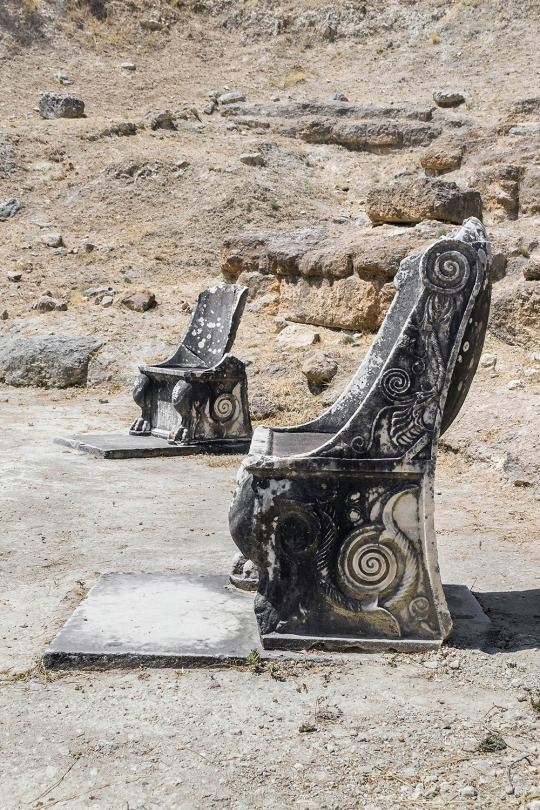
Marble throne chairs at the ancient theater, Amphiaraeion of Oropos, Attica, Greece
© Veronika Tsoi
#greece#ancient greece#ancient ruins#ruins#attica#europe#greek architecture#ancient architecture#throne#art#archaeology#original photogrpahy#sanctuary#sanctuary of amphiaraos#aesthetic#beige#ancient art#ancient theater
16K notes
·
View notes
Photo
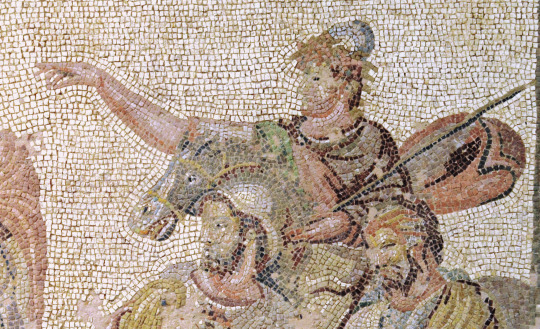



Archaeological Museum of Patra:
Mosaic floor with a scene of the hunt for the Calydonian boar
From a Roman roadside residence in Patras.
The scene is composed in three sections and nine human figures are depicted. The female hunter Atalanti can be seen on the left, with Meleagros nearby, Polydeukis, the horserman is behind them in the background.
The group on the right includes Aigaios (whose figure is badly preserved). He is injured and sitting on a rock supported by his brother, Epochos. In the same group well-dressed Amphiaraos is hastening to attend to Aigaios’ wound. Kastor is seen on a horse.
In the centre, the boar is running into the lake. In front of it and to the side there are two dogs and behind it there are two male figures. It is possible the defeated figure is Theseus and that it is his friend, Peirithous, who is standing, holding a javelin. The scene is surrounded by a wavy band.
This is the most complete example of such a scene preserved on a mosaic floor. According to Pausanias, after the destruction of Calydon, the cults of the area (devoted to Artemis and Dionysos), as well as the statues of the gods were transferred to Patras. Perhaps the scene echoes this tradition, if we consider the impact of the Calydonian cults and especially that of Artemis on the religious life of the city.
Dated to the 3rd cent. A.D
Unreal as it is - considering my wild charisma and astounding work ethic- yet another hour passes that I do not enjoy a deliciously cold bubble tea. I have now been reduced to drinking vitamin water. Vitamin water.
Will no one hear my plea?: https://ko-fi.com/isabia (not for coffee though, for bubble tea, and please include the tip for the delivery guy, don’t be cheap now. Also the bubble tea place closes at 5, so be considerate and buy me refreshments before that time)
#greek museums#tagamemnon#ancient greece#greece#patra#archaelogical museums#archaelogy#museums#ancient patra#archaeological museum of patra#classical studies#greek roman period#greco roman art#greco roman studies#mosaics#calydonian boar#atalanti#meleager#castor and pollux
144 notes
·
View notes
Photo
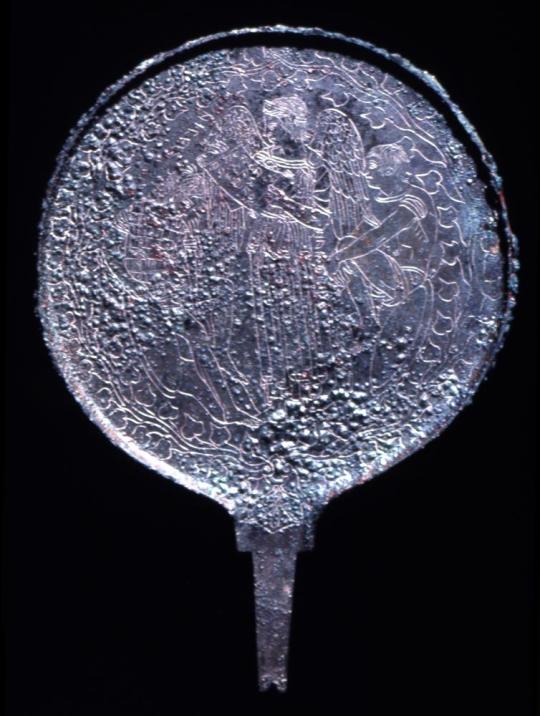

Mirror with Lasa, Hamphiare, and Aivas. First half of the 4th c. B.C.; bronze. The British Museum. (mirror / drawing)
“Dressed in a chiton and unrolling a scroll, she [Lasa] stands between two seated young warriors, whose attitudes express despondency. The names Hamphiare (Amphiaraos) and Aivas (Ajax) are written next to them and also inscribed on the scroll beneath the name of Lasa. Both heroes suffered an untimely death, and the suggestion that the Lasa on the mirror is meant to have announced their fate to them does not seem unjustified.” (Sybille Haynes, Etruscan Civilization: A Cultural History)
59 notes
·
View notes
Text
#5 - Une affaire de coeur
Et interdum acciderat, ut siquid in penetrali secreto nullo citerioris vitae ministro praesente paterfamilias uxori susurrasset in aurem, velut Amphiarao referente aut Marcio, quondam vatibus inclitis, postridie disceret imperator. ideoque etiam parietes arcanorum soli conscii timebantur.
Ciliciam vero, quae Cydno amni exultat, Tarsus nobilitat, urbs perspicabilis hanc condidisse Perseus memoratur, Iovis filius et Danaes, vel certe ex Aethiopia profectus Sandan quidam nomine vir opulentus et nobilis et Anazarbus auctoris vocabulum referens, et Mopsuestia vatis illius domicilium Mopsi, quem a conmilitio Argonautarum cum aureo vellere direpto redirent, errore abstractum delatumque ad Africae litus mors repentina consumpsit, et ex eo cespite punico tecti manes eius heroici dolorum varietati medentur plerumque sospitales.
1 note
·
View note
Photo

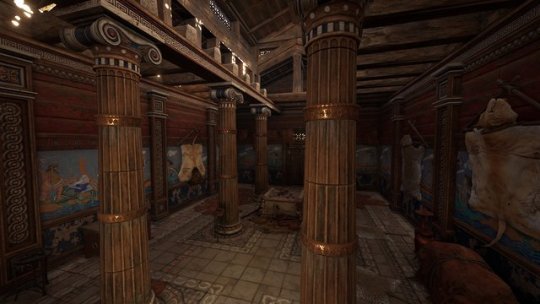
The Healing Sanctuary of Amphiaraos was a small temple located on a small hill in the Oropos Heights region of Boeotia, dedicated to Artemis, Reconstruction made by Ubisoft for the game Assassin’s Creed.
44 notes
·
View notes
Photo

The Amphiareion of Oropos was a sanctuary dedicated in the late 5th century BCE to the hero Amphiaraos, where pilgrims went to seek oracular responses and healing. It became particularly successful during the 4th century BCE, judging from the intensive building at the site. Photo and notes by Vasilis Protopapas.
#greece#europe#history#culture#ancient greek#greek history#greek culture#attica#central greece#large#ancient ruins
20 notes
·
View notes
Photo




And the last ones for today, I promise :) - Danny Miller as exiled Polynices of Thebes and Iwan Rheon as his brother, the reigning king, Eteocles. (Also Ray Stevenson as Amphiaraos of Argos, and (young) Mickey Rourke as Tydeus of Calydon). Just like the previous ones, these rather obviously set in modern times.
10 notes
·
View notes
Photo

https://e3o.org/e3o/livres-amphiaraos/
Livres : Amphiaraos

Articles proches Vidéo : Mon Top 6 de mes guérisseurs préférés lgdc Twitter : Guérisseurs Science et Guérisseur Rebouteux : rebouteux-guerisseur – radiesthesiste-magnetiseur News : Guérisseurs Articles proches Vidéo : Mon Top 6 de mes guérisseurs préférés lgdc Twitter : Guérisseurs Science et Guérisseur Rebouteux : rebouteux-guerisseur – radiesthesiste-magnetiseur News : Guérisseurs
#Guérisseur
0 notes